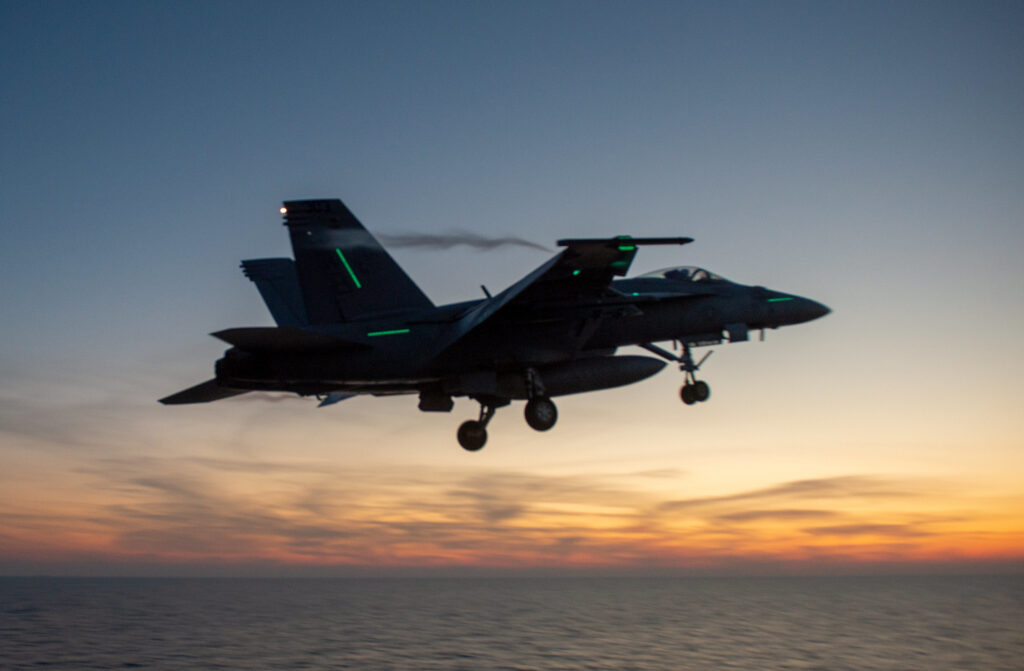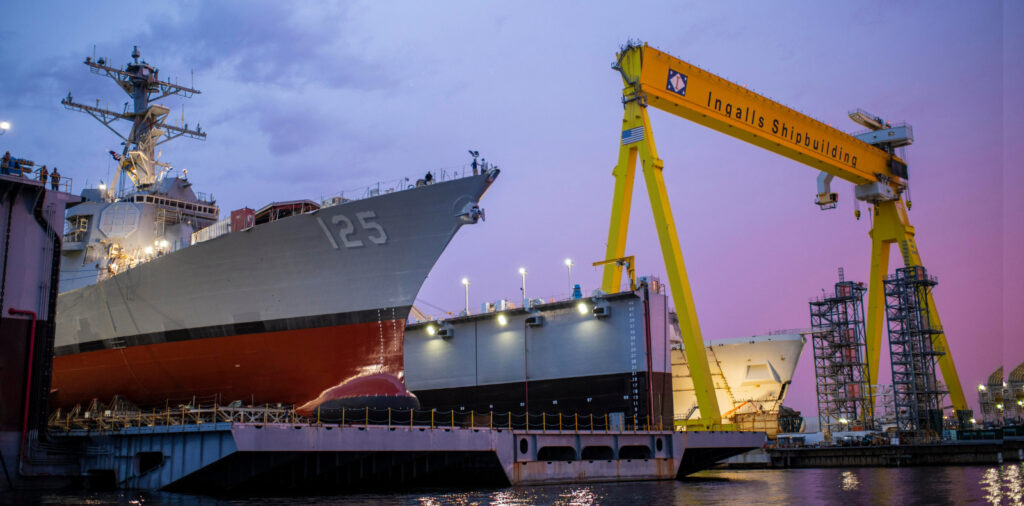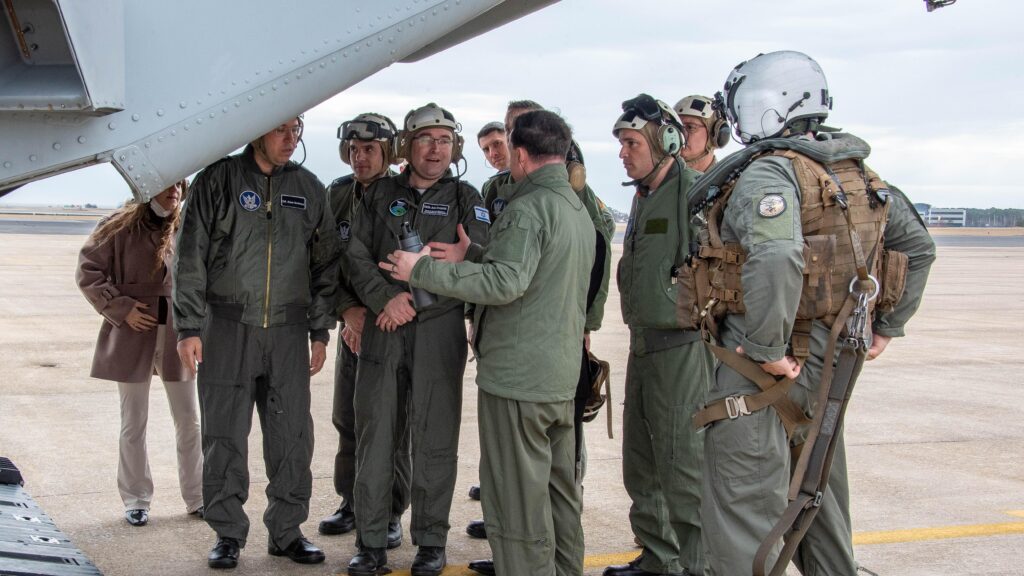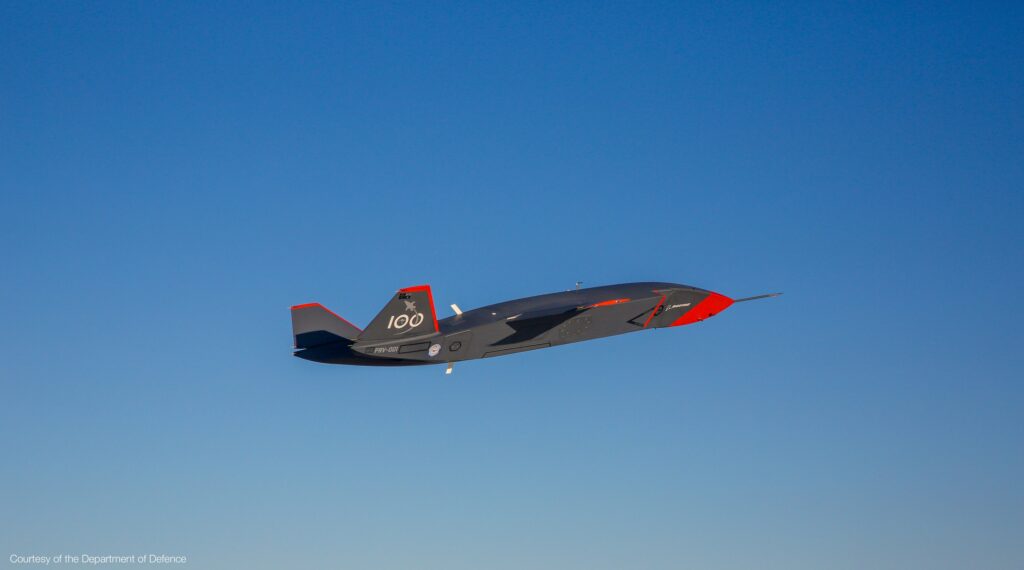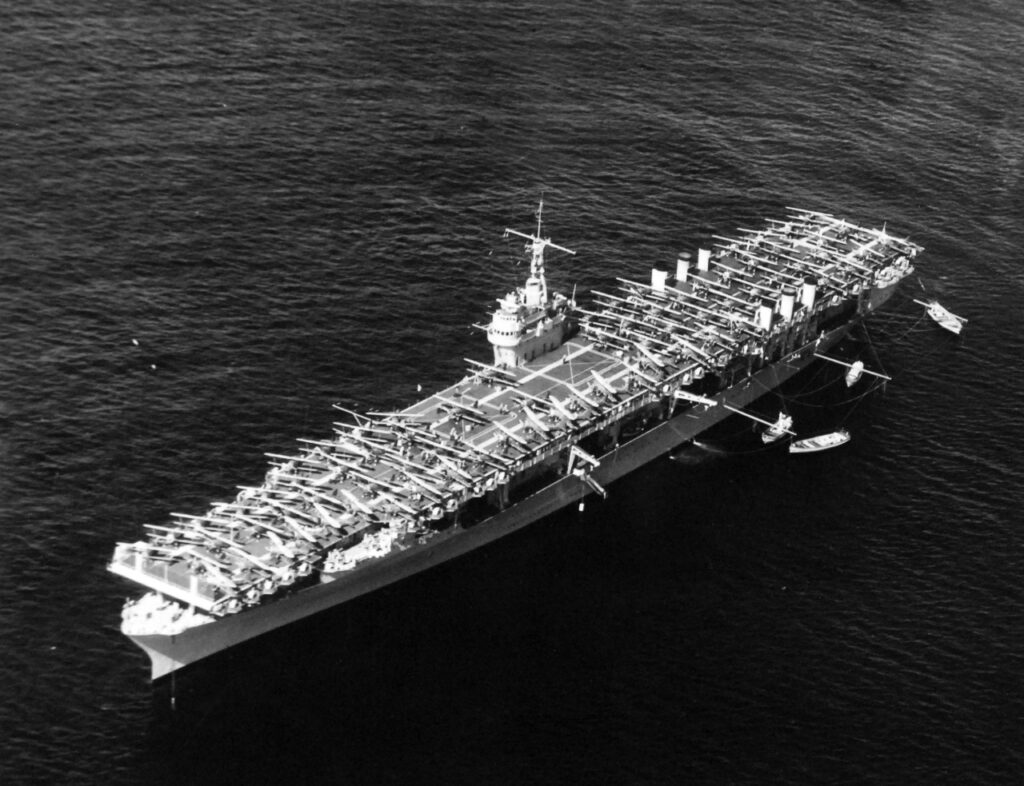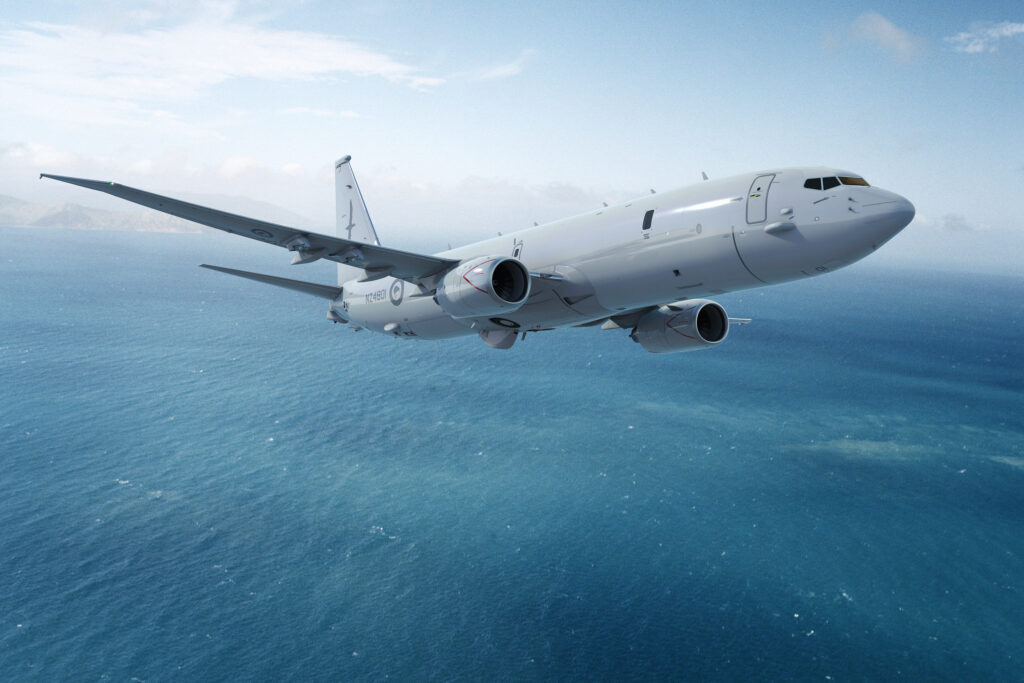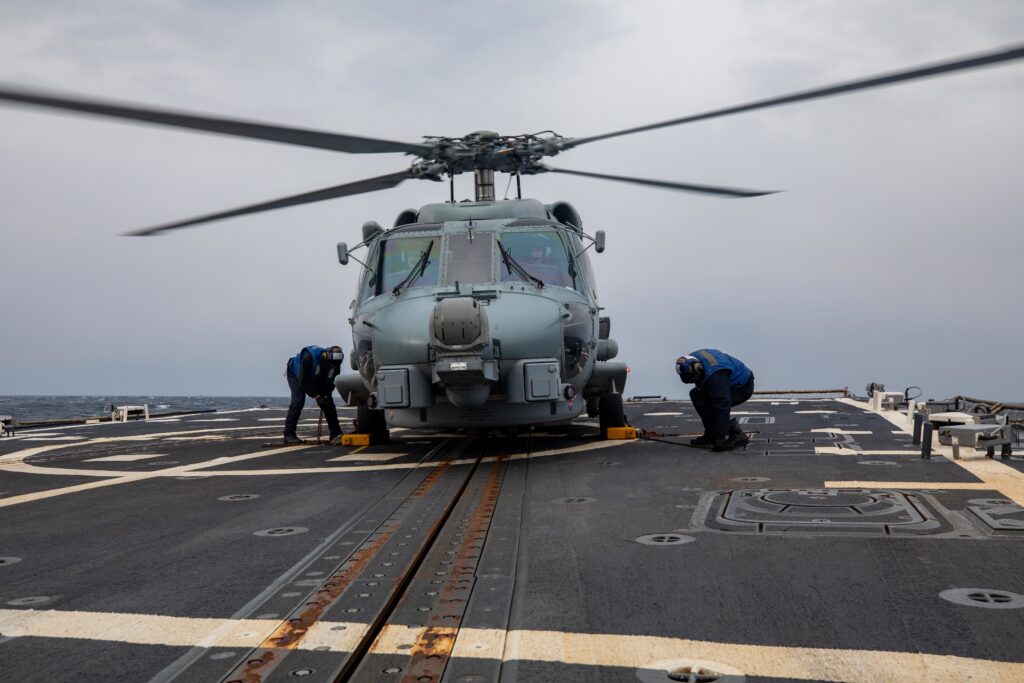Proposed Navy Aircraft Procurement Reduced for 2023
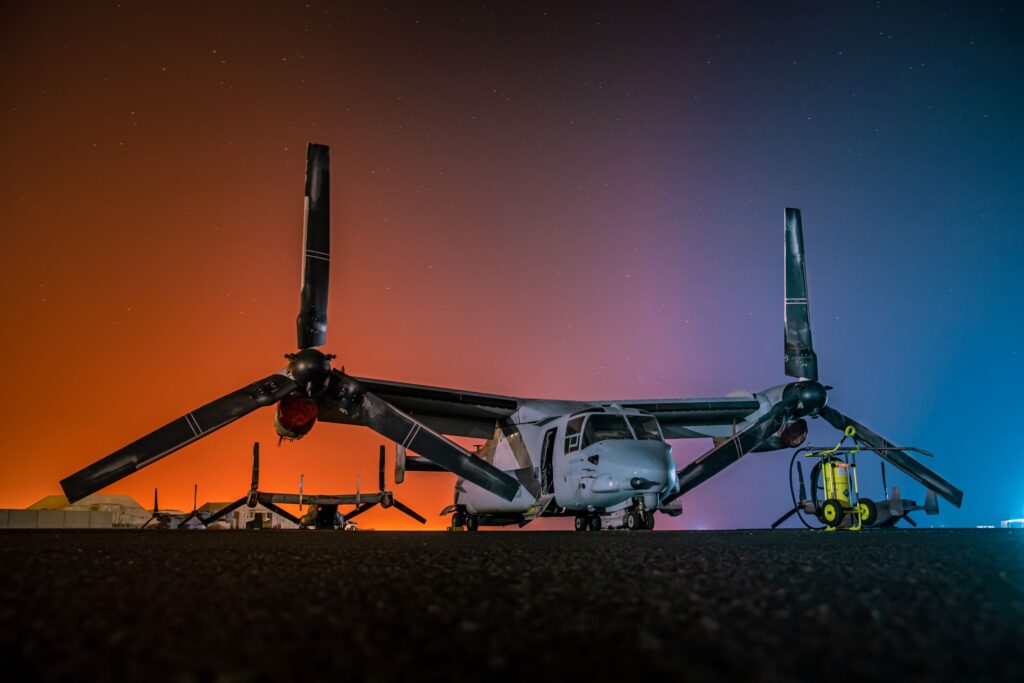
ARLINGTON, Va. — The Navy plans to procure 96 aircraft in fiscal 2023, down from the 129 aircraft enacted in the fiscal 2022 appropriations law. The numbers are expected to go even lower over the years of the Future Years Defense Program.
The Department of the Navy has requested the following:
- 15 F-35B Lightning II strike fighters for the Marine Corps
- 13 F-35C Lightning II strike fighters (9 for the Navy, 4 for the Marine Corps)
- 5 E-2D Advanced Hawkeye command and control aircraft
- 5 KC-130J Super Hercules transport/refueling aircraft
- 10 new multi-engine training aircraft
- 10 CH-53K King Stallion heavy-lift helicopters
- 25 TH-73A Thrasher training helicopters
- 3 MQ-4C Triton unmanned surveillance aircraft
- 4 MQ-25A Stingray unmanned aerial refueling aircraft
- 5 MQ-9A Predator unmanned aerial surveillance aircraft
Assuming 10-plane squadron strength, the planned F-35C procurement does not even fill one Navy F-35C squadron or half of a Marine Corps F-35C squadron. But F-35C procurement is planned to increase significantly starting in 2024, to 15 per year for the Navy and four per year for the Marine Corp, except for three in 2027.
The Navy — again — is planning on ending F/A-18E/F Super Hornet strike fighter procurement with the 2022 batch of 12 mandated by Congress. It remains to be seen if Congress will again keep procurement of the Super Hornet alive.
As proposed, the new fiscal year would be the last year of procurement of the E-2D and the TH-73A. No more P-8A Poseidon maritime patrol aircraft or MV-22B or CMV-22B Osprey tilt-rotor aircraft are planned.
Procurement of the KC-130J would pause or stop after two are purchased in 2024. The Navy has been hoping to replace its C-130T/KC-130T organic airlift fleet with C-130Js, but that seems far in the future if it happens.
The new fiscal year will be the first for procurement of the MQ-25A as it heads for operational capability in 2025. The 2023 budget also resumes procurement of the MQ-4C after a year gap, and more MQ-9As for the Marine Corps as it fills its unmanned squadrons with the Reaper to support expeditionary advance base operations.
The type aircraft to be procured to replace the T-44C multi-engine training aircraft has yet to be announced, but the 2023 budget plans to procure 10 Multi-Engine Training Systems, with a total of 58 in a three-year run.
The T45TS line in the Navy’s budget graph shows procurement starting in 2025. The term T45TS is familiar as T-45 Training System, of which the Boeing T-45 Goshawk aircraft is the main component. However, Seapower understands this line item to be a surrogate for a yet-to-be solution for the Navy’s need for a T-45C replacement.
